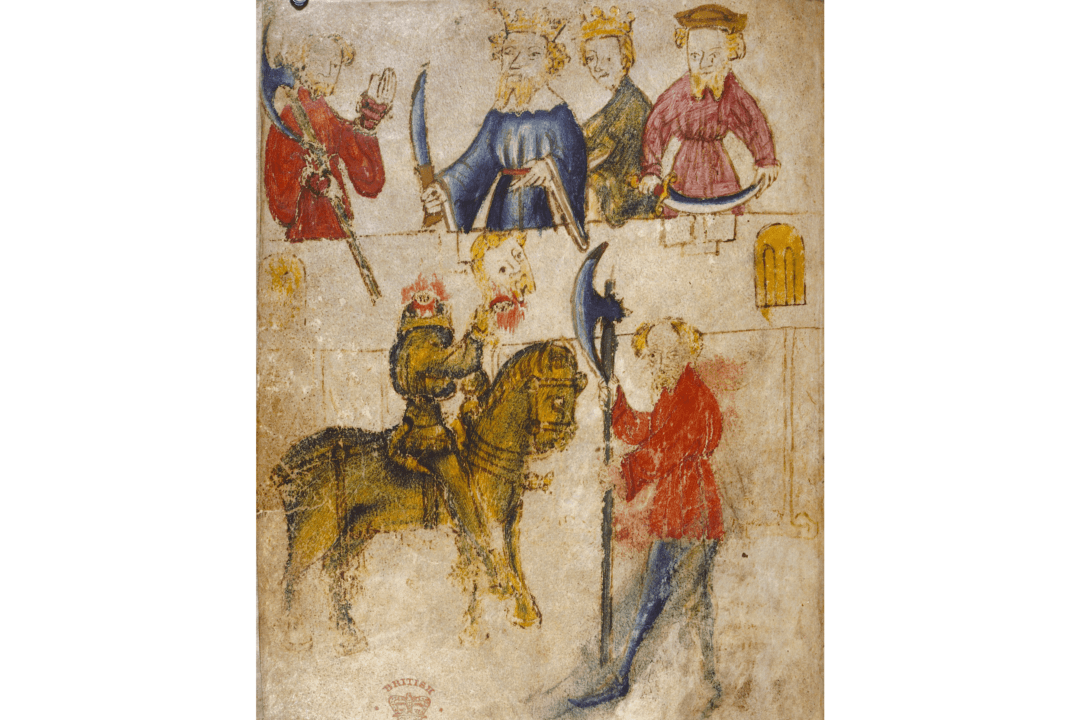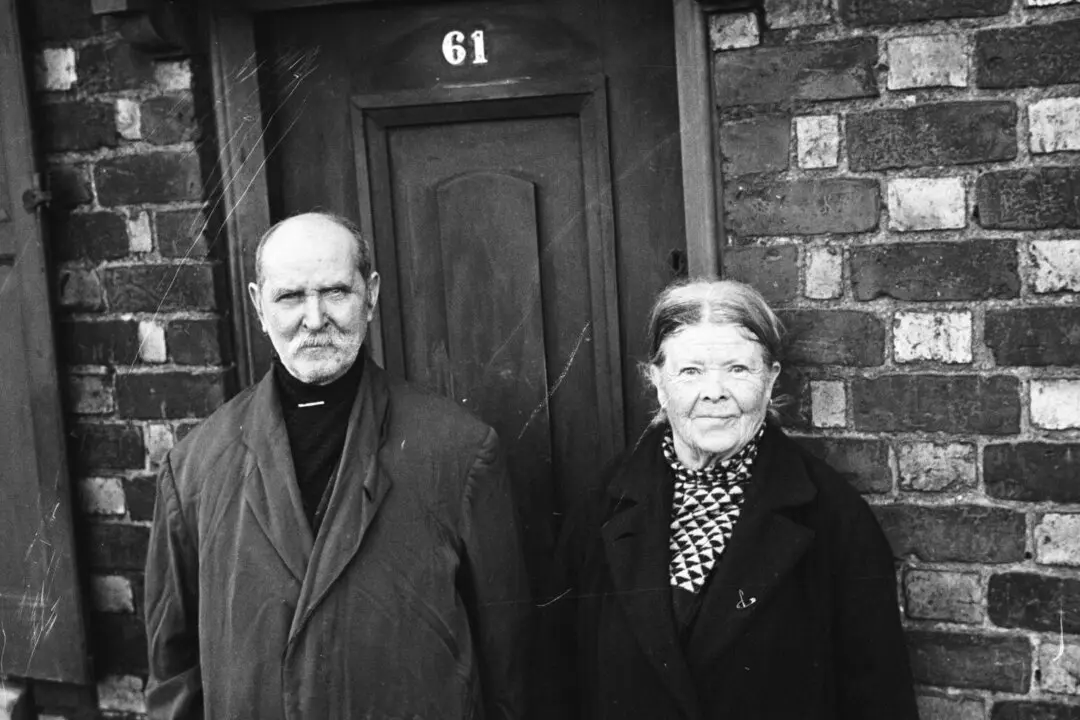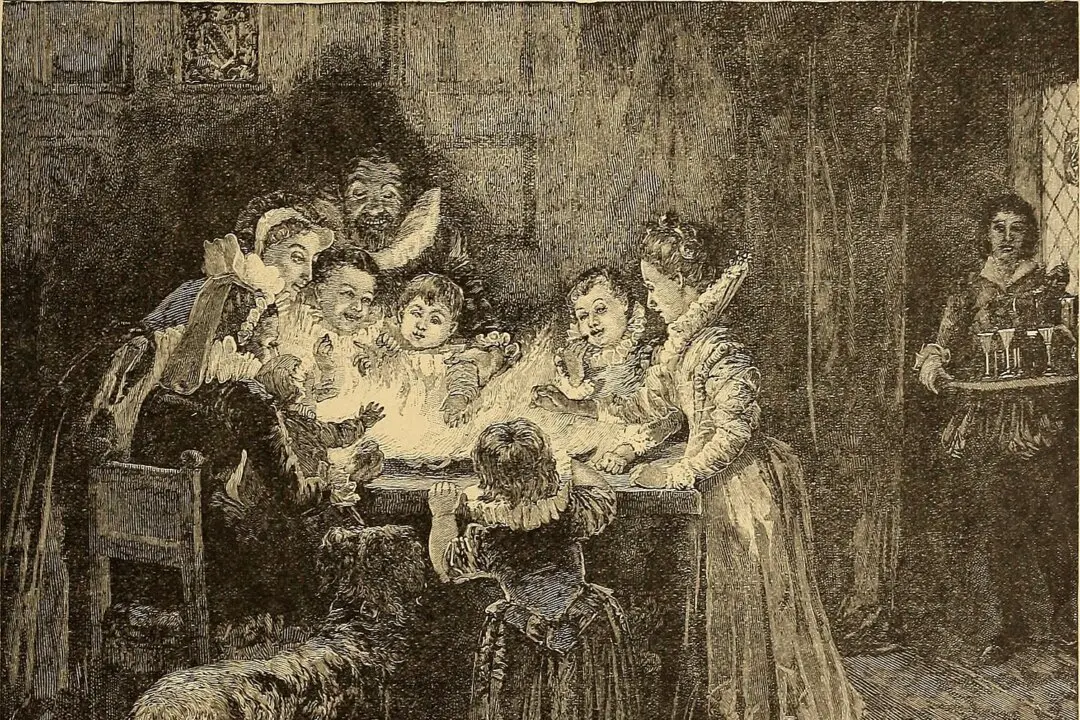Modern fantasy literature has roots in the chivalric romances of medieval Europe. In strong, stately verses, the medieval poets examined the question of what constitutes heroism and the ideals of Christian knighthood. In these tales, a legendary knight sets out on a quest that tests his traits of loyalty, courtesy, honor, and courage; he encounters marvelous and magical forces in the misty, half-mythic lands that border on the known.
One of the foremost of these works is a poem called “Sir Gawain and the Green Knight,” written by an anonymous poet in the second half of the 14th century. “Sir Gawain” offers a sophisticated and spiritualized take on the traditional chivalric romance. Rather than focusing on the hero’s feats of arms, the tale emphasizes the feats of the spirit. The greatest heroes, the poem suggests, are such because they first learn to conquer themselves, their own weaknesses and sins. “Sir Gawain” is primarily a spiritual battle and no less epic for that.






